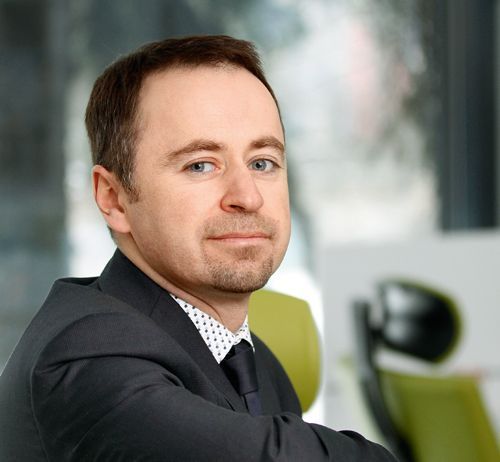Operating on the real estate market, preparing projects and building them, means cooperating with local government. There is no other way to do it. This is where everything starts and is what the future form of any project that sees the light of day is determined by, as well as the impact it will have on its surroundings. So we decided to take a look at the most urgent issues the crop up in the cooperation between municipalities and investors
Coherent strategy, iron determination
Cooperation between developers and local government when it comes to new projects, even though it is not easy, does have only one common goal – to do good business. No party wants to lose out in the process, but both can benefit from it. Such thinking is starting to bear its first fruit. “In recent years local authorities’ awareness of investors’ needs has improved. However, developers still have high expectations of local government, mainly in terms of the long-term development of th






























































